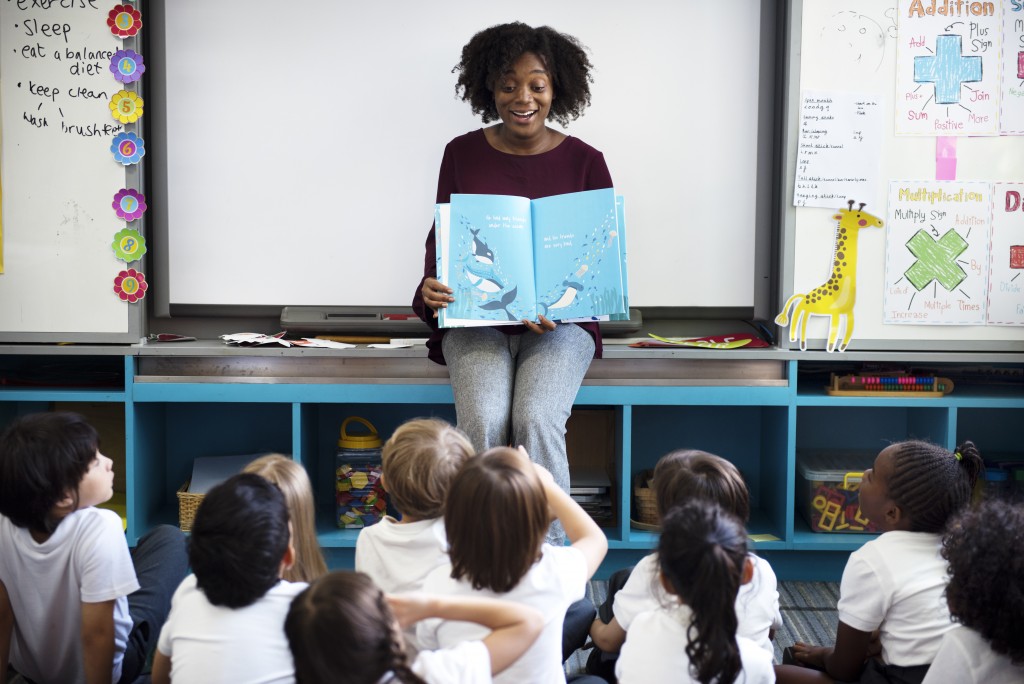The Power of Storytelling as a Teaching Tool

Storytelling is a powerful tool; when a teacher says “once upon a time” ears become attentive and children stop what they are doing. Narratives provide people with various ways to approach a problem or think creatively.
Using this in a classroom setting of first graders or even older kids is one way to help them learn better. Teachers agree on the following ways how storytelling can positively affect students.
1. Make concepts accessible.
Some children will have a difficult time understanding abstract concepts. If their attention wanes, they will feel bored and direct their attention to something else. Stories are one way to make idea accessible to kids just starting in school or at the elementary level.
A story stirs their imagination and makes them attentive. Integrate an interesting narrative to math, science or reading comprehension or better yet engage your students through a children’s book project. Creating their own narrative allows them to visualize or even experience the concepts they learned in the classroom.
2. Find a fun way to learn.
Children have a very short attention span; teachers need to engage a child constantly. Make learning fun by telling a story. Start the class with a narrative that’s familiar to them or make one up related to the day’s lesson.
Stories instantly trigger a child’s imagination and hold their attention to your every word. Create memorable characters that are symbols for the lesson you want to teach. This also helps them to start discussions with their classmates and share their ideas about the lessons.
3. Improve creativity.

Narratives have a way of stirring creativity, especially in children. Stories tap into a certain part of the brain that makes a person think out of the box. Students will be able to find different ways of solving a problem whenever their teacher integrates the day’s lesson with a story.
Numbers don’t seem so foreign and difficult to understand when there are interesting characters involved. Kids won’t just have an easier time with math, but it will also improve their ability in other subjects.
Children need to learn how to think creatively. Lay the building blocks early, and they will become better students as they reach higher levels.
4. Boost memory.
Some kids have a hard time remembering concepts, equations, and lessons. A story may improve their memory and retain the information they need while in school. Stories have a way of lodging into the brain and staying there indefinitely. A child might remember a particular character in the narrative you told them. This fictional person will then trigger a cue that allows them to draw out a concept discussed in class.
5. Learn vocabulary.
Another way story help kids are it improves their vocabulary. Memorizing words and their meanings are tedious tasks and some children may find it boring.
A narrative enables children to make connections about a certain word’s meaning through synonyms and context. This also improves their comprehension and ability to connect the dots.
These are just some of the ways stories enable children to be better students and improve the creative part of their brain. Integrate narratives into a lesson to keep kids engaged.




